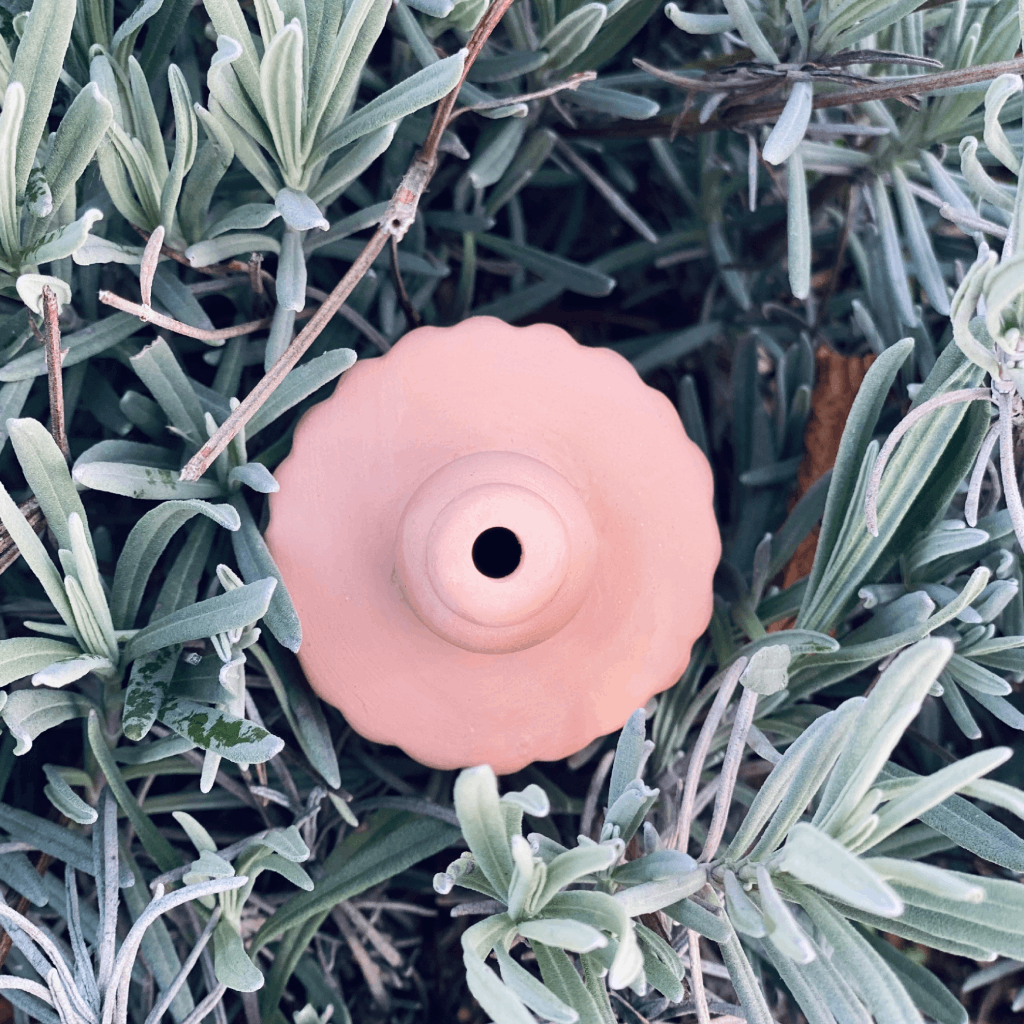An efficient irrigation system is essential for keeping plants well-watered while conserving water. But which system is best for your garden? Here, we introduce the most common methods—from sprinklers to sustainable alternatives like Tontau.
1. Surface & Lawn Irrigation
These systems, such as sprinklers or pop-up irrigation systems, are ideal for large lawns. They ensure even water distribution and keep the grass lush and green throughout the year. However, a significant amount of water is lost to evaporation, especially on hot days.
2. Drip Irrigation – Targeted Water Delivery
Drip hoses and drip irrigation systems are highly efficient as they deliver water slowly and directly to the roots. This reduces evaporation and allows plants to absorb water more effectively. This method is particularly useful for small areas, raised beds, or hedges, where precise watering is needed.
3. Subsurface Irrigation – Deep Watering
Drip pipes or hoses are buried underground, allowing water to penetrate deeper into the soil. This minimizes evaporation and provides long-lasting moisture for plant roots. Ideal for larger garden beds or agricultural fields.
4. Sustainable Alternatives: Ollas & Tontau
Eco-friendly solutions include Ollas (clay-based irrigation vessels) and Tontau, a modular, electricity-free irrigation system made of clay. Both options are perfect for raised beds and small garden plots, as they release water exactly where it’s needed. Additionally, they conserve water and promote sustainable gardening.
Conclusion: Which System is Right for Your Garden?
- Large lawns: Sprinkler systems or underground drip pipes
- Targeted watering for plant beds: Drip irrigation
- Sustainable irrigation solution: Ollas & Tontau





